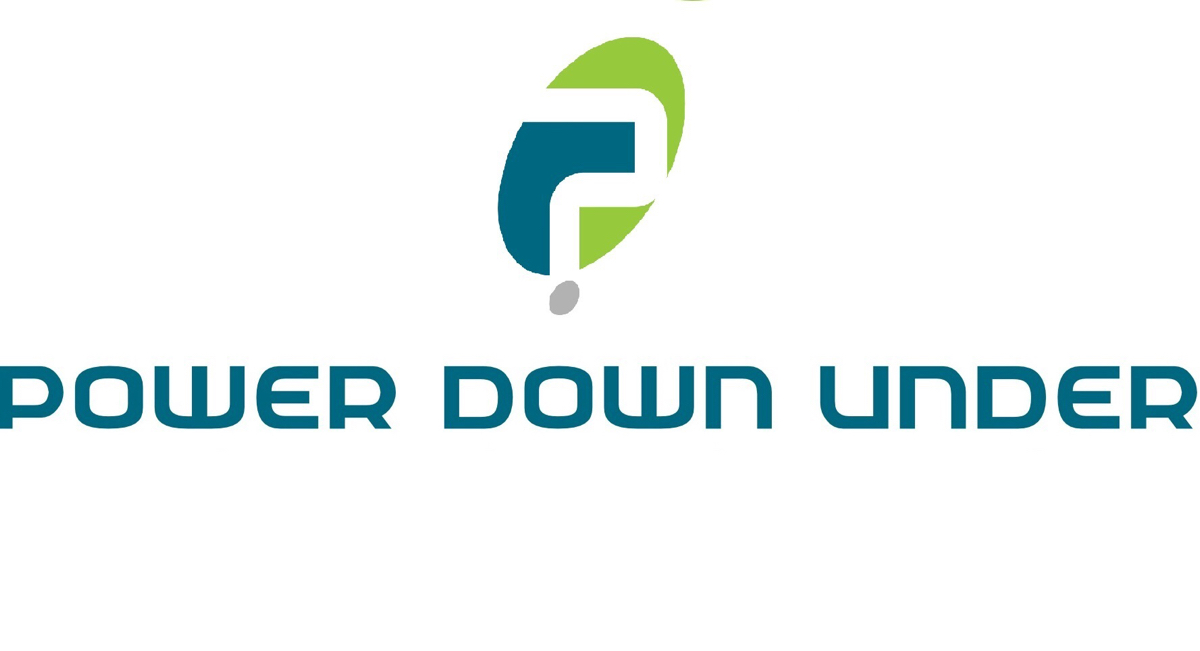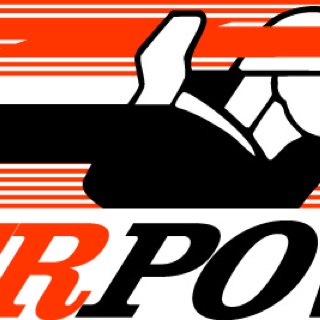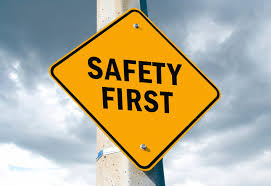Title Page
-
Site conducted
-
Date
-
Worksite / Location
-
Conducted by
-
Job Description
-
Activity types covered by this form
- Traffic Management
- Environmental
- Excavation
- Project Activities
- Asset Location
- Maintenance
- Materials Handling
- Construction
Job Safety Analysis
-
INSTRUCTIONS
1. Please answer the questions below.
2. Add photos and notes by clicking on the paperclip icon
3. To add a Corrective Measure click on the paperclip icon then "Add Action", provide a description, assign to a member, set priority, and due date
4. Complete audit by providing digital signature
5. Share your report by exporting as PDF, Word, Excel or Web Link -
Safety Note:
This Safe Work Procedure does not cover exposing cables or pipes. Exposing cables and pipes requires special insulated tools -
Kind of operation
-
Note:
Safety footwear, high visibility shirt or vest, sun protection if required (broad brim hat, sunscreen, tinted glasses) -
Note:
Safety footwear, high visibility shirt or vest, sun protection if required (broad brim hat, sunscreen, tinted glasses) with safety vest or shirt suitable for night work (ie. Rated D/N with reflective strips)
Pre-Start Checks
-
JOB REQUIREMENTS
- Dial Before You Dig plans in date
- Contractors dig permits in place
- Site inductions
- correct equipment on site
- equipment callibrated
- job scope discussed
- ATCO High pressure gas permit required
- High pressure gas locator
- APA high pressure gas locator
- DBNGP locator
- Confined space entry
-
Action by
Equipment Used
-
Equipment Used
- Pipe and cable Locator
- GPR
- Mini Excavator
- Vacuum Excavator
- Shovel
- Prodder
- Crowbar
Traffic Management
-
Hazard(s)
- • Danger to vehicular and pedestrian traffic
- • Restricted traffic flow
- • Interference to local infrastructure
- • Risk of being hit by passing vehicles
- • Potential of fatality
-
Inherent Risk Score
-
Control Methods & Monitoring
- • Drive defensively
- • Park off the road not obstructing traffic or pedestrians
- • If the parked on road, vehicle warning signs used in accordance with local regulation, eg. mounted flashing orange lights and directional arrows
- • Work site must be protected from traffic, eg. Traffic management if needed
- • Signage included “workman ahead” or “Surveyors Ahead” if required
- • Signage required if worksite less than 3 metres from road edge, in accordance with local requirements such as the MUTCD
- • Traffic has clear view of at least 200 metres of workers
- • Temporarily reduce speed limit of traffic down 60kph or less
- • Motorists to observe road speed and any road directions
-
Residual Risk Score
-
Action by
Site Awareness
-
Hazards(s)
- • Possible damage to existing assets, eg underground cables and services
- • Risk of electric shock
- • Risk due to adjacent work activities
- • Risk due confined space; deep manholes
- • Potential of fatality
-
Inherent Risk Score
-
Control Methods & Monitoring
- • ‘Dial Before You Dig’ (phone 1100) contacted prior to work commencing and plan reviewed, Confirm location of HP gas using maps, locator and if needed proving.
- • Leave CP TP’s as found – no disconnection of cables
- • Assess hazards such as excavations adjacent to worksite
- • Confined space precautions including additional staff, harnesses, rescue procedures, continual gas monitoring, ect.
- • Precautions in place to manage risk of heat stroke including ample water consumption, sunscreen 30+ applied and reapplied as required, appropriate clothing (hat, loose trousers, tinted safety glasses, ect)
-
Residual Risk Score
-
Action by
Material Handling and Storage
-
Hazard(s)
- • Exposure to hazardous chemicals
- • Damage to materials
- • Impact on access/egress to site
- • Theft/damage
-
Inherent Risk Score
-
Control Methods & Monitoring
- • Obtain Material Safety Data Sheets for any hazardous substances used on site
- • Protect equipment form weather, eg rain
- • Lock vehicle
-
Residual Risk Score
-
Action by
Sites Works
-
Hazard(s)
- • Manual handling of pits and manholes
- • Injury caused by open pits or manholes
- • Injury caused by being struck by equipment
- • Injury caused by slippage or falls
-
Inherent Risk Score
-
Control Methods & Monitoring
- Use of pit lid keys or alternative safety devises, eg manhole lid lifters
- Barrier guards placed around open pits and manholes
- Attach radio detection transmitter to cable sheath with Tom clamp
- Follow along the road or footpath with radio detection receiver observing existing hazards and environmental factors such as long grass and adverse weather conditions
- Spray paint identified cable location with appropriate colour as required by the service provider
- Maintain open communication with plant and machinery with two way radio
- Keep separation distances between LV's and plant
-
Residual Risk Score
-
Action by
Enviromental
-
Hazard(s)
- • Dust
- • Noise
- • Oil
- • Waste
- • Pollution and sediment to storm water drains
- • Chemical/hazardous substances exposure
-
Inherent Risk Score
-
Control Methods & Monitoring
- • Removal of waste from worksites
- • Check tyres and dispose of any contaminants appropriately
-
Residual Risk Score
-
Action by
Job Completion
-
Hazard(s)
- Personal injury to passing pedestrians
- • Poor customer relations
-
Inherent Risk Score
-
Control Methods & Monitoring
- • Closes all pits and manholes
- • Remove all barriers, etc
- • Advise customers of completion of job and any observed hazards, eg broken or missing pit lids
-
Residual Risk Score
-
Action by
Working Team
-
Is there more 1 person who participated on this job safety analysis
-
IMPORTANT: All member is to provide a signature. Every new team member working on site needs to be added to this list. If substantial changes to JSA are required, then a new JSA must be completed.
-
Working Team
Member
-
• Name and Signature
-
Completed by (Name and Signature)
-
Supervisors phone number:












